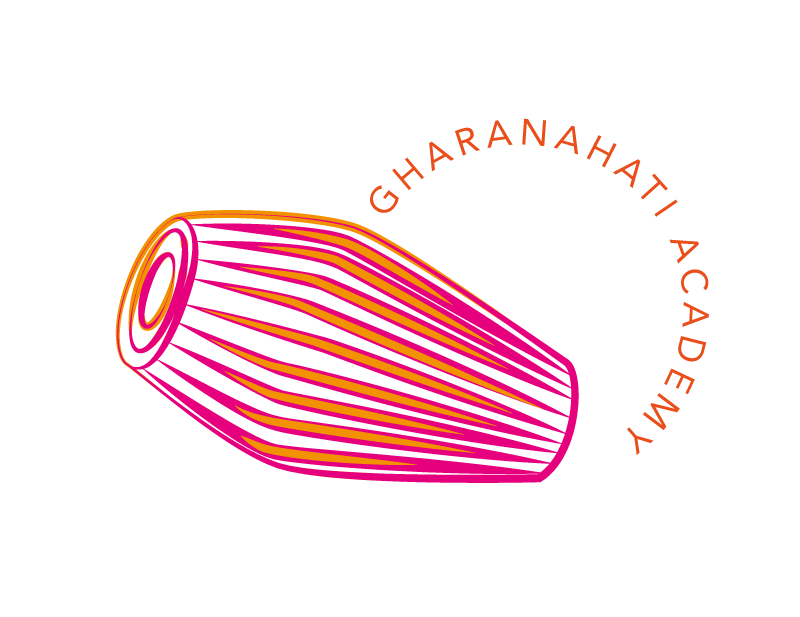At the age of eight or nine, I started to visit the ISKCON project in Mãyãpura regularly. Srìla Prabhupãda’s bhajana-kuthira was already established, and the ground floor of the Lotus Building was in construction. Srìla Prabhupãda was personally present for several months to supervise the development of the project. At that time, Bhavãnanda Prabhu was the only Western devotee in Mãyãpura. We would go there just to see him, the only Western person in our lives. We would stand before him, gaze at his huge white stature, sizing him up from feet to head. He was our childhood attraction.
On Srìla Prabhupãda’s advice, Bhavãnanda started to teach us English. I came to Mãyãpura nearly every evening to attend the class, and I regularly had the association of Srìla Prabhupãda for early half a year. He would come after Bhavãnanda’s class and distribute mahã-prasãdam to us. After some time he told us to stay for his Bhagavad-gìtã class and then get a nice prasãdam meal. Thus, nearly every night we heard a lecture by His Divine Grace. When he was singing jaya rãdhã-mãdhava, I used to accompany him on the mridanga. I didn’t know many kìrtana mantras, only the Srati Mantra and some tehãi. My guru was teaching me mainly hasta-sãdhana. Still, Srìla Prabhupãda liked my playing. He once asked me about my teacher. Although he was from Calcutta, he knew Rãdhãcarana dãsa Bãbajì Mahãrãja, who was quite famous. He was pleased and advised me to continue learning mridanga.
He said, “This is so important, our Gaudìya Vaishava culture. Without mridanga we have no background. Nothing goes without mridanga!” On another occasion he said, “Bãblu, one day many devotees will come to Mãyãpura. You should teach them the mantras you are learning so that they become nice mridanga players.” At that time I was a small boy and couldn’t really believe his words, but today I understand. Thus I humbly but justly declare that I teach and practice mëdaùga in ISKCON on Srìla Prabhupãda’s personal advice. Srìla Prabhupãda had a cordial relationship with us local village boys. Sometimes I would go to his bhajana-kuóira to talk to him. For example, I had to excuse myself if I could not come for class the next day, and he wanted to hear the reason in detail. One of my friends was older, about twenty years. Srìla Prabhupãda preached to him that he should become a devotee, stay in the ãshrama, and lead the other boys of the village towards Krishna consciousness. Srìla Prabhupãda said, “Tomorrow after prasãdam, I will shave you and apply tilaka on your forehead. Then you will become a nice Vaishnava.” My friend became very scared. The next day he attended the class, but right after prasãdam he quietly disappeared, thus avoiding Prabhupãda’s merciful treatment.
After some months Srìla Prabhupãda left, and Bhavãnanda Prabhu went to Australia to take over the GBC post there. Our English classes stopped, and I no longer visited the project regularly until I started to teach mridanga at the gurukula.
Srìla Prabhupãda was different from any other person; even though we were young boys, we could recognize his unique position. He appeared to be from another world: the way he sat, walked, and spoke; the way he moved his hand to eat and drink; everything about him was very special. As a mridanga student, I was trained to watch the hands of my guru. I was always fascinated to see Srìla Prabhupãda’s hand movements in all the actions he performed. He was truly aristocratic and beyond judgment. At the same time, he was friendly to me and the other village boys and was always approachable. I was young and ignorant, and although born in a Vaishnava family, I was far from being a devotee. I could not estimate my great fortune in having the personal association of such a mahã-bhãgavata devotee of Krishna. I missed the chance to derive the real benefit from his association, and I deeply regret it. If I ever had the opportunity to meet Srìla Prabhupãda again, I would cling to his lotus feet with both hands, crying, “Mercy, Srìla Prabhupãda, have mercy on this poor fallen soul.”
